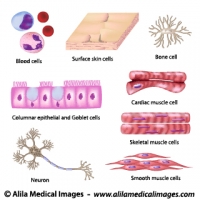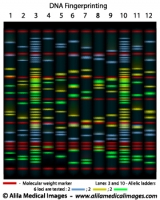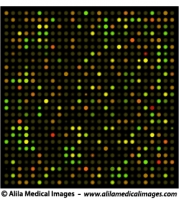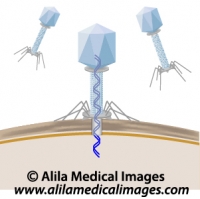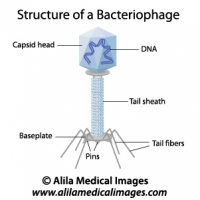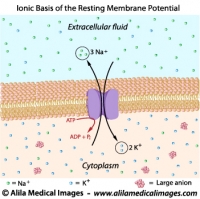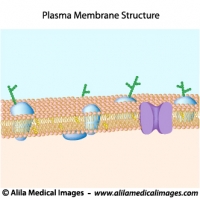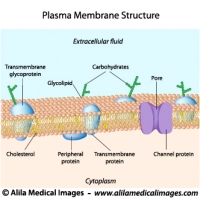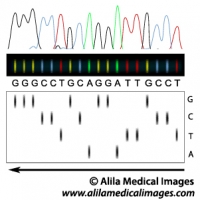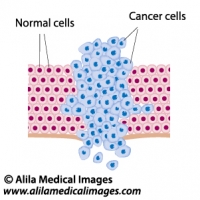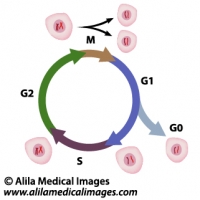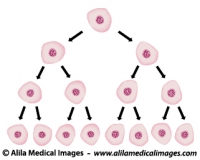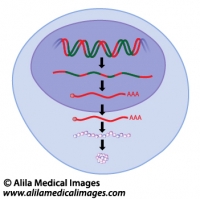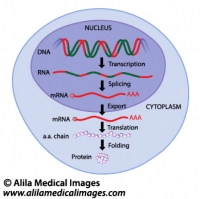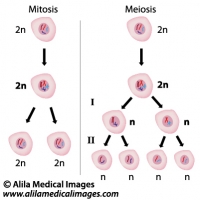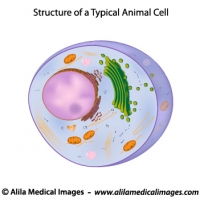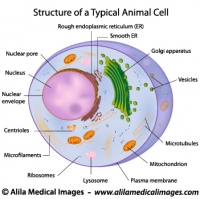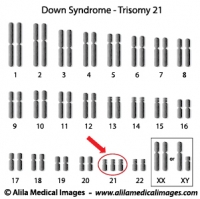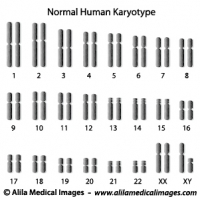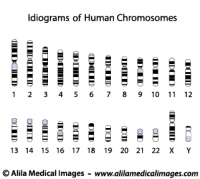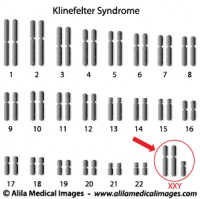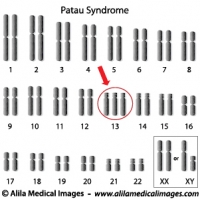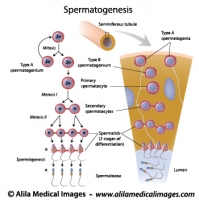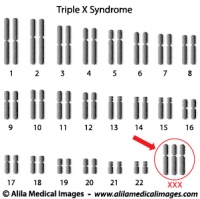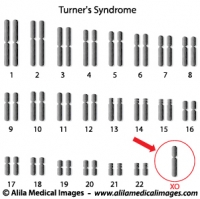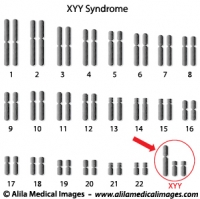This video is available for licensing on our website. Click HERE!
The hypothalamus and the pituitary gland are at the center of endocrine function. The hypothalamus is part of the brain, while the pituitary, also called hypophysis (hy-POFF-ih-sis), is an endocrine gland. The hypothalamus links the nervous system to the endocrine system via the pituitary gland. The two structures are located at the base of the brain and are connected by a thin stalk.
The hypothalamus produces several hormones, known as neurohormones, which control the secretion of other hormones by the pituitary. Pituitary hormones, in turn, control the production of yet other hormones by other endocrine glands.
The pituitary has two distinct lobes:
The anterior pituitary, also called adenohypophysis (AD-eh-no-hy-POFF-ih-sis), communicates with the hypothalamus via a network of blood vessels known as the hypophyseal portal system. Several neurohormones produced by the hypothalamus are secreted into the portal system to reach the anterior pituitary, where they stimulate or inhibit production of pituitary hormones. Major hormones include:
- Gonadotropin-releasing hormone, GnRH, a hypothalamic hormone, stimulates the anterior pituitary to producefollicle-stimulating hormone, FSH, and luteinizing hormone, FSH and LH, in turn, control the activities of the gonads – the ovaries and testes.
- Corticotropin-releasing hormone, CRH,promotes the secretion of adrenocorticotropic hormone, ACTH, which in turn stimulates production of cortisol by the adrenal gland.
- Thyrotropin-releasing hormone, TRH, promotes the release of thyroid-stimulating hormone, TSH, and prolactin. TSH, in turn, induces the thyroid gland to produce thyroid hormones. Prolactin stimulates the mammary glands to produce milk.
- Prolactin-inhibiting hormone, PIH, inhibits production of prolactin.
- Growth hormone–releasing hormone, GHRH, promotes production of growth hormone, or somatotropin, which has widespread effects on the growth of various tissues in the body.
- Growth hormone–inhibiting hormone, GHIH, or somatostatin, inhibits production of growth hormone.
The posterior pituitary, also called neurohypophysis, communicates with the hypothalamus via a bundle of nerve fibers. These are essentially hypothalamic neurons with cell bodies located in the hypothalamus while their axons EXTENDED to posterior pituitary. These neurons produce hormones, transport them down the stalk, and store them at the nerve terminals within the posterior pituitary, where they wait for a nerve signal to trigger their release. Two hormones have been identified so far:
– Vasopressin, also known as antidiuretic hormone, ADH, acts on the kidneys to retain water.
– Oxytocin causes the uterus to contract during childbirth and stimulates contractions of the milk ducts in lactating women.









